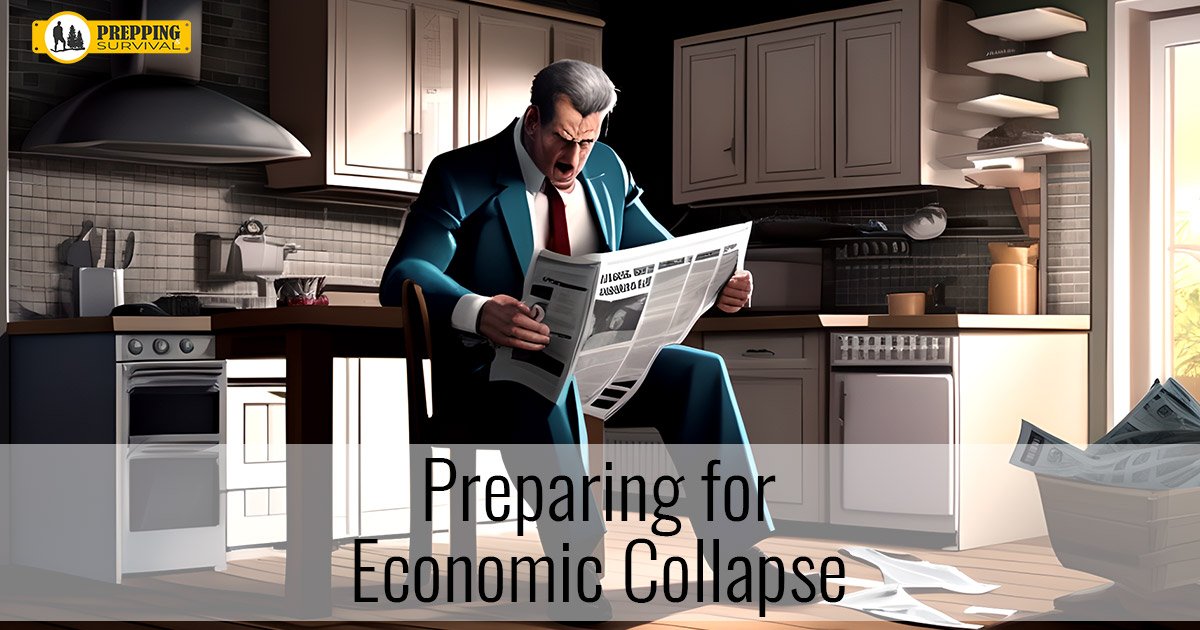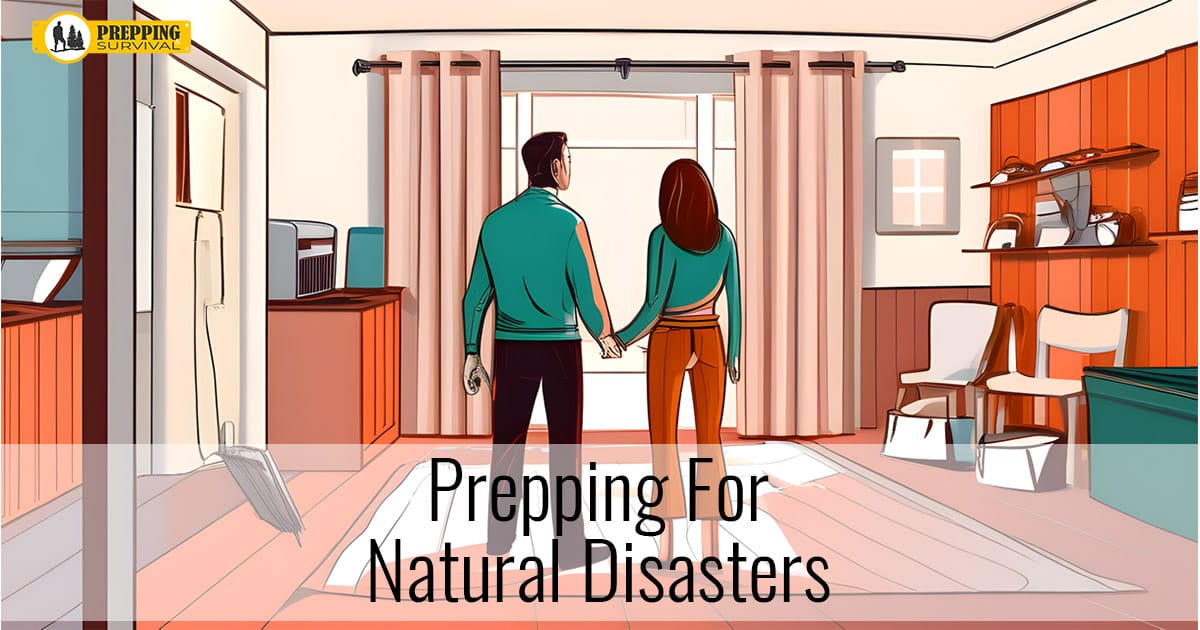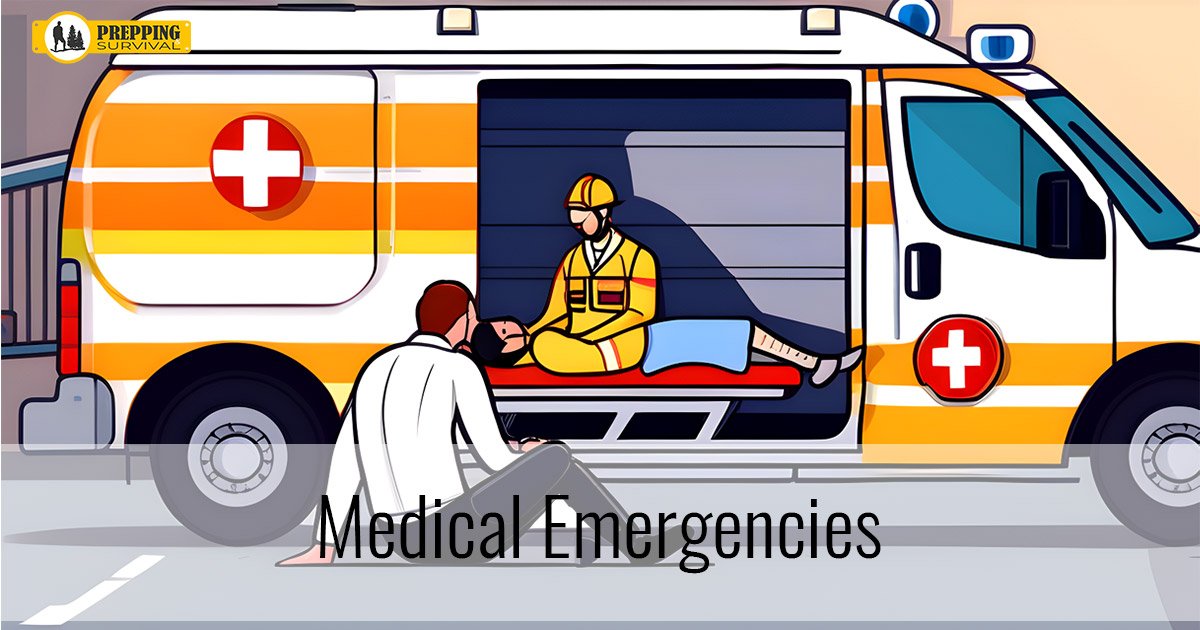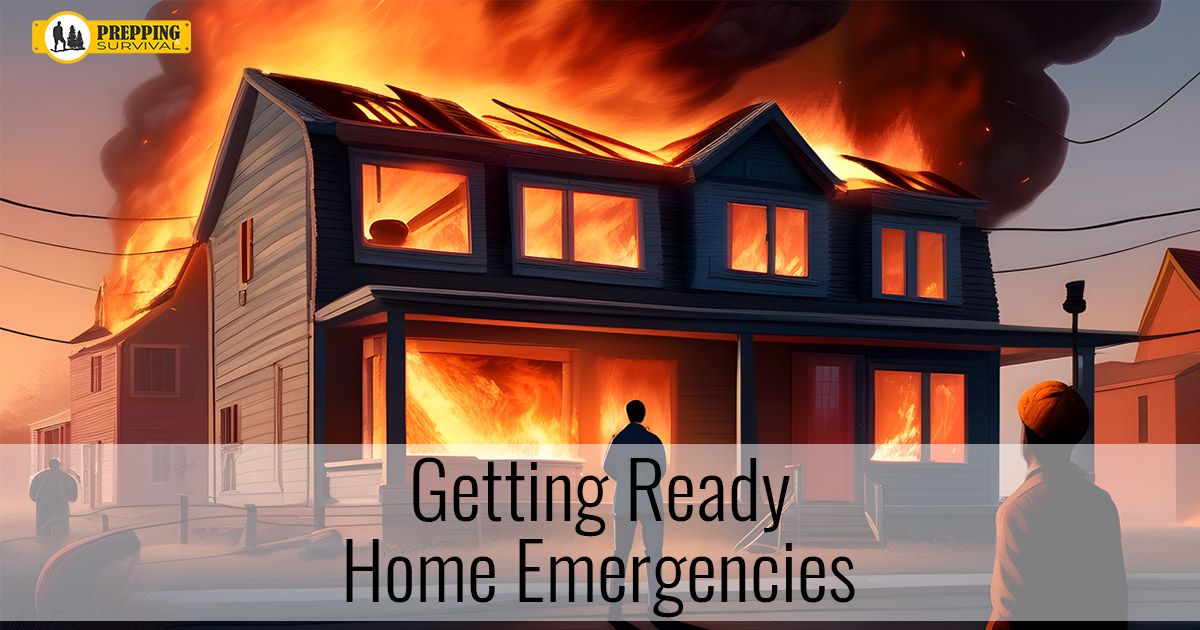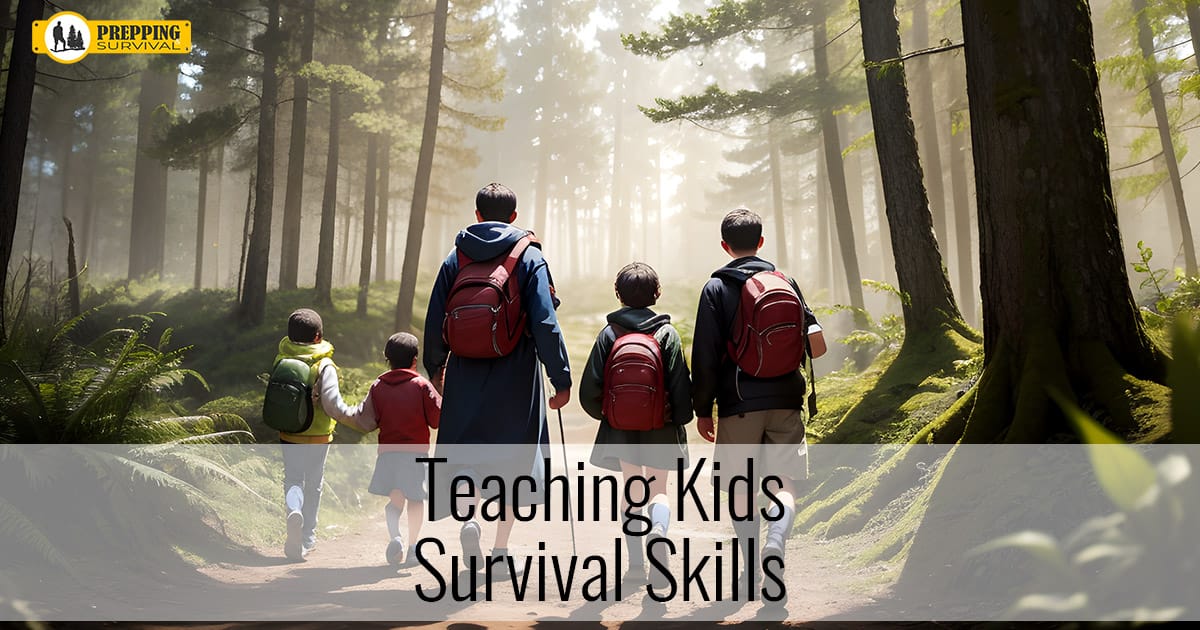Prepping for natural disasters: Do we really need to do that?
Prepping for natural disasters, it’s something we all gotta think about, right? Whether it’s earthquakes shaking things up, floods turning streets into rivers, or solar flares causing chaos with our gadgets, having a solid plan is a must. You never know when these things might hit, so it’s smart to have a game plan ready that covers immediate safety, getting enough food and water, staying in touch, and bouncing back afterwards.
Know what’s what
First thing’s first, you gotta know what’s what in your neck of the woods. Different places have different challenges, so your plan should fit the situation. Like, if you’re in earthquake country, make sure to bolt those heavy bookshelves to the wall and figure out safe spots away from things that might fall. If flooding’s more your worry, knowing where the floodplains are and having a clear escape route can make all the difference.
Emergency kit
Now, let’s talk about the emergency kit. It’s like your lifeline for those first 72 hours when things might be really tough. You’ll need water—like a gallon per person for each day—non-perishable food, a first-aid kit, flashlights, spare batteries, maybe a multi-tool, and definitely some hygiene stuff. Oh, and don’t forget to stash important documents in something waterproof. Cash on hand is smart too, ’cause ATMs might be out of commission.
Speaking of water and food, it’s not just about the short term. Having a stash that lasts a few weeks or even months is smart. Think about ways to purify water and collect rainwater if you can—that way you’re set even if things drag on.
Emergency plan
Every family needs an emergency plan. Where to go, who to call, and how to communicate if the phones and internet are down. Practicing this stuff is key, so everyone knows the drill when it counts.
Then there’s the wildcard, like solar flares. They can mess with the power grid and our gadgets. So, having solar chargers, maybe a Faraday cage for the electronics, and backup comms like a CB or ham radio can keep you connected.
Keeping tabs on what’s happening is crucial. A weather radio or something similar can keep you updated on what’s coming your way. Knowing when and what to expect can change how you react, big time.
And hey, don’t forget about your community. Being tight with your neighbors, joining local prep groups, and sharing tips and resources can build a support system that’s gold when things get rough.
The goal here isn’t just to survive but to make sure your family’s safe, keep in touch during the chaos, and be ready to rebuild once the dust settles. It’s about being proactive, not just reactive, so you’re ready for whatever Mother Nature throws your way.
Conclusion
When prepping for natural disasters, navigating a crisis and resolving conflicts isn’t only about having supplies ready; it’s about effective communication and conflict resolution, particularly when you’re part of a team or community under pressure. When situations begin to unravel, tensions can skyrocket, and differences among individuals become starkly apparent. Keeping everyone aligned can seem as challenging as herding cats. This is why resolving disagreements and maintaining open lines of communication are crucial—they are the glue that binds the group and ensures everyone’s safety.
Identifying conflicts before they escalate is akin to catching a cold before it morphs into the flu. By addressing issues early, you can intervene before they become severe. The key step? Ensure everyone feels acknowledged. When people sense they are truly being listened to—without judgment—tensions typically ease, paving the way for a more harmonious and cooperative environment.
It’s absolutely mandatory that you keep all those things under control when prepping for natural disasters.
You may also like
